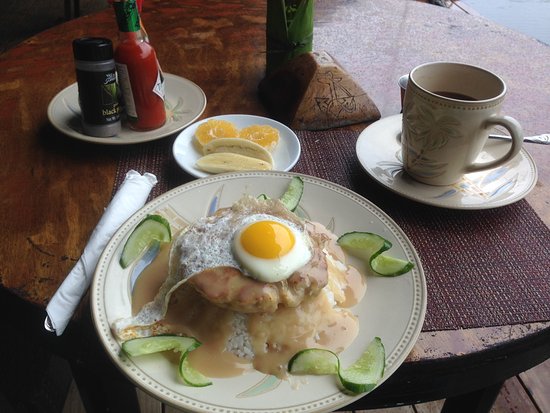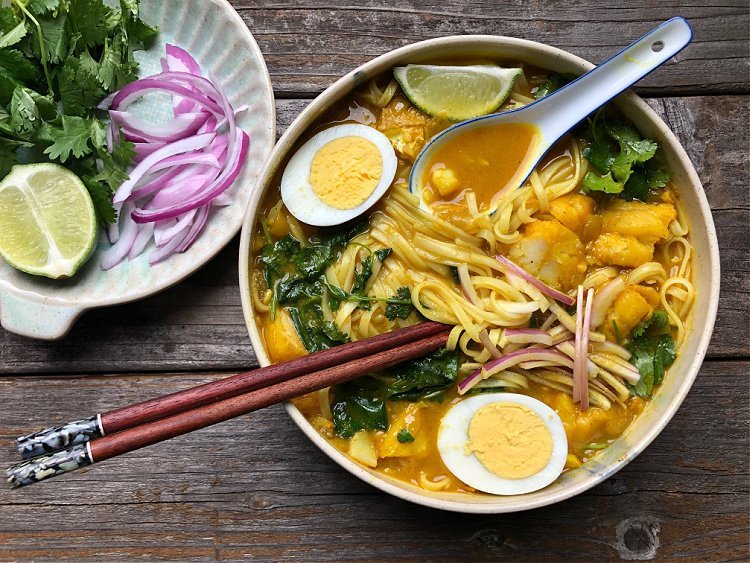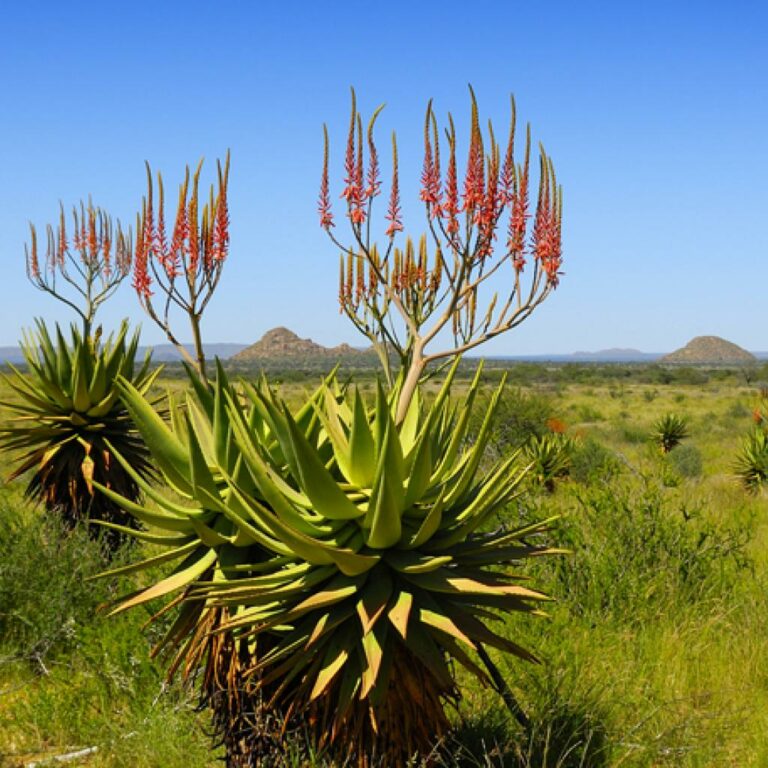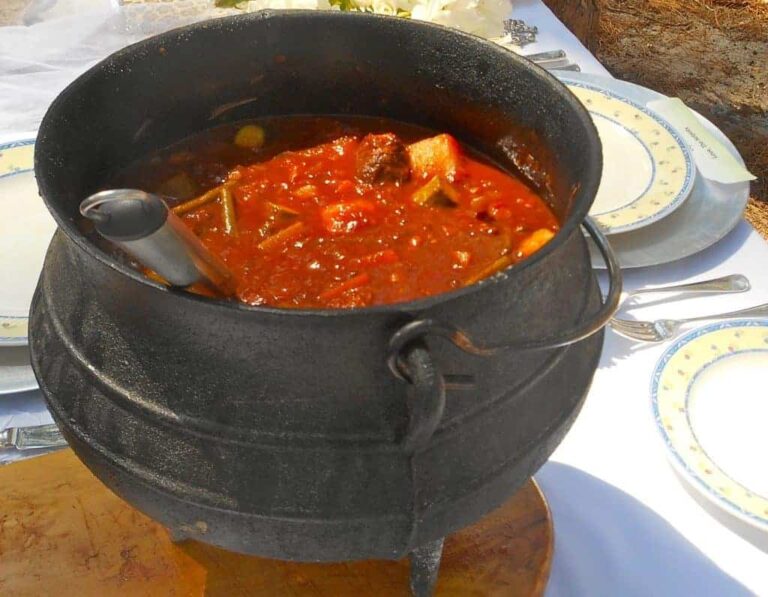Introduction: Breakfast in Micronesia
Breakfast is the first meal of the day and is very important for a healthy start. In Micronesia, breakfast is considered as one of the most important meals of the day. It is essential to start the day with a nutritious meal that will provide the required energy for the day. The breakfast options in Micronesia are diverse, with traditional and Western-style dishes on the menu.
Traditional breakfast dishes in Micronesia
The traditional breakfast dishes in Micronesia are often based on seafood and root vegetables. One of the popular traditional breakfast dishes is Titiyok, which is a coconut-flavored rice cake and is typically served with fried fish or chicken. Another popular dish is Katyuska, a Micronesian pancake that is made with flour, sugar, and coconut milk. It is often served with butter and syrup or honey.
Other traditional Micronesian breakfast dishes include Mada, a type of sweet bread made with coconut milk and sugar, and Kalamai, a sweet coconut pudding made with cornstarch, sugar, and coconut milk. These dishes are not only nutritious but also delicious and provide a glimpse into the local culture.
Western breakfast options in Micronesia
With Western influence, there are also many Western breakfast options available in Micronesia. These options include pancakes, waffles, omelets, and English muffins. Toast with jam or butter and scrambled eggs are also commonly served. Many restaurants in Micronesia also offer American-style breakfast plates that include eggs, bacon or sausage, toast, and hash browns.
Breakfast beverages in Micronesia
Beverages are an essential component of breakfast in Micronesia. Coffee and tea are popular options, and fruit juices made from locally grown fruits such as pineapple, mango, and papaya are also widely available. Coconut water and milk are also popular beverages and are often used in traditional breakfast dishes. In addition, many restaurants and coffee shops offer smoothies made with local fruits and vegetables.
Popular breakfast spots in Micronesia
There are many popular breakfast spots in Micronesia, ranging from local food stalls to well-known restaurants. Some of the popular spots include M&M’s Café, located in Chuuk, which is known for its pancakes and omelets. In Palau, Kramers Cafe is a popular spot for breakfast dishes such as eggs benedict and breakfast burritos.
Conclusion: Diversity in Micronesian breakfast options
In conclusion, Micronesia offers a wide range of breakfast options that reflect its diverse culture and history. Whether it’s traditional dishes made with local ingredients or Western-style breakfast plates, there is something for everyone. With unique beverages such as coconut water and fruit juices, breakfast in Micronesia is not only delicious but also healthy. Overall, breakfast is an essential part of the Micronesian lifestyle, and it’s worth exploring the various options available to start the day off right.










